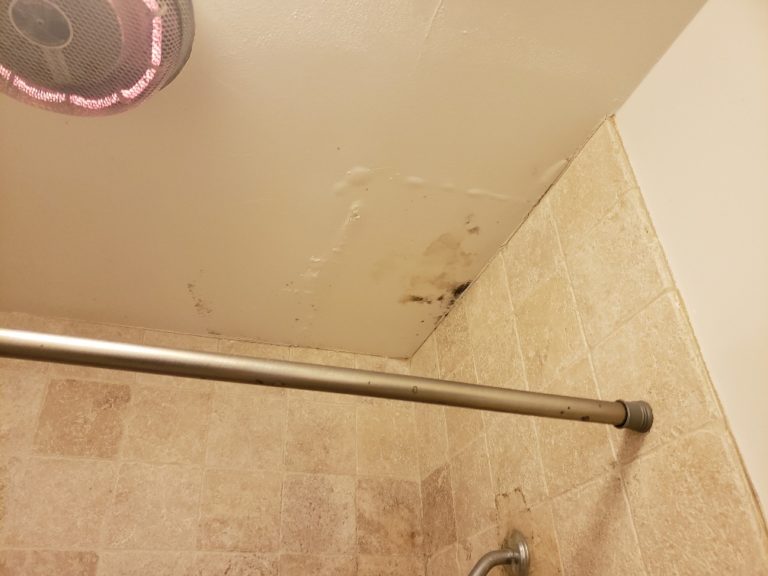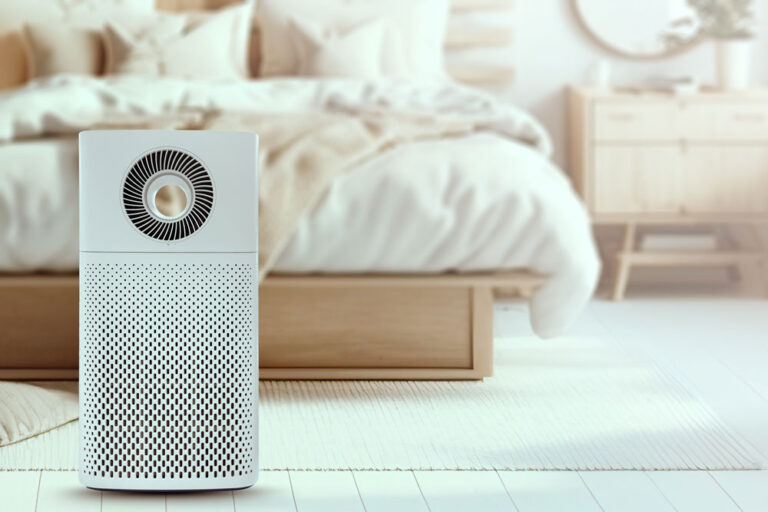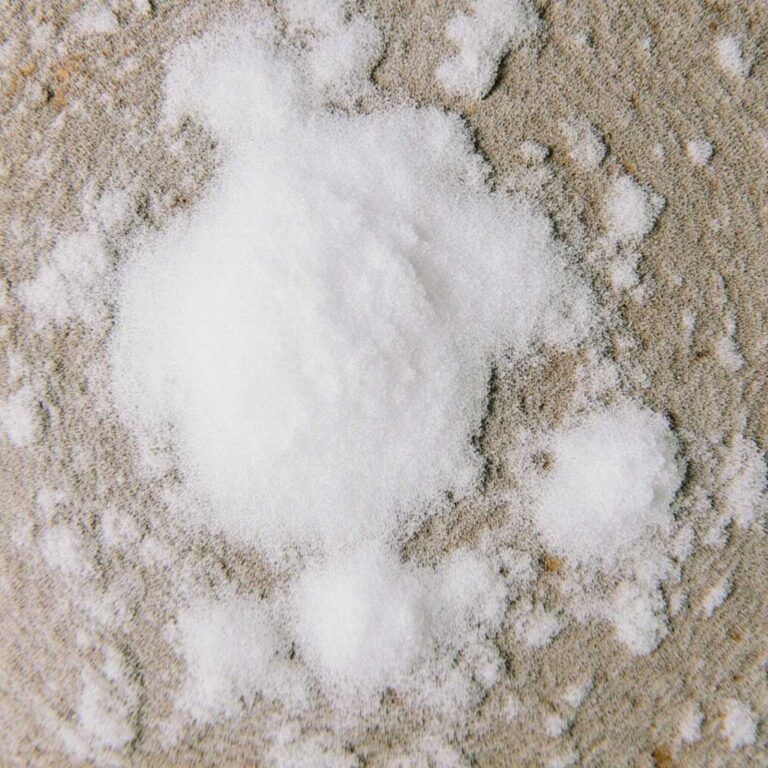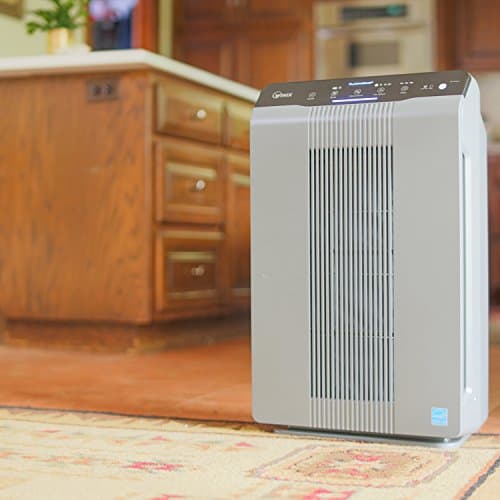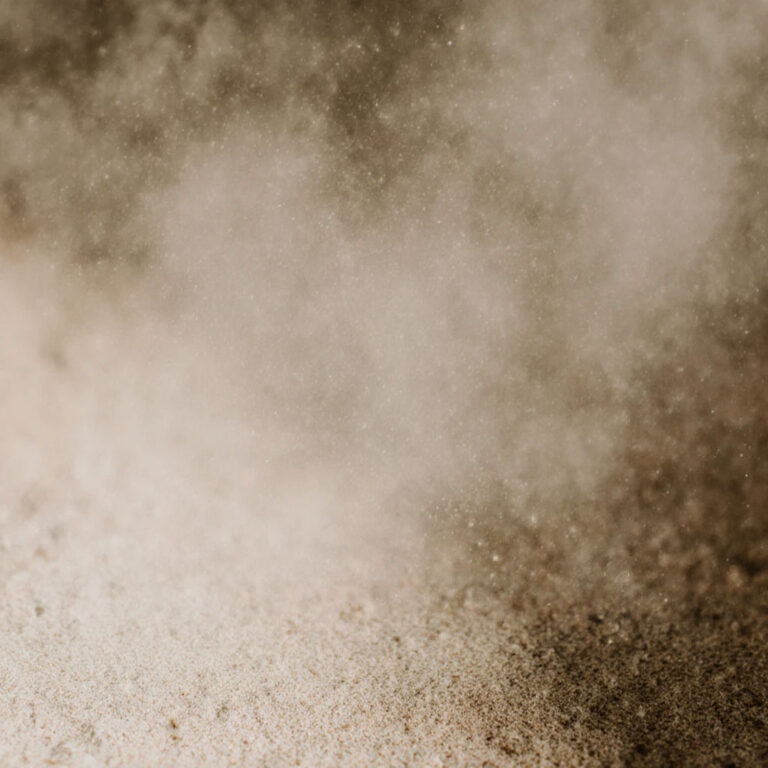When most people think of mold, they picture black or green patches on bathroom walls or damp basements. But mold isn’t limited to the corners of buildings. It can quietly thrive in places you’d never expect, like inside sealed containers, on plastic kitchenware, and even in the food and medications you consume daily.
That’s why mold containment is such a critical part of managing indoor air quality and preventing health risks. Whether you’re dealing with visible mold after water damage or trying to keep invisible spores from spreading during remediation, proper containment strategies are essential.
But here’s the twist: you might be ingesting mold without realizing it. From your morning coffee to common antibiotics, mold—or the byproducts of it—could already be part of your everyday life.
What Is Mold Containment and Why Is It Important?
Mold containment refers to the process of isolating areas affected by mold to prevent spores from spreading to clean parts of a building. During professional remediation, specialists use physical barriers like plastic sheeting, negative air pressure machines, and HEPA filters to create a controlled environment where mold can be safely removed.
Without proper containment, microscopic spores can easily become airborne and migrate to other rooms through HVAC systems, foot traffic, or even air currents. This not only increases the risk of cross-contamination but can also make symptoms worse for those with mold sensitivities or chronic inflammatory conditions like CIRS (learn more in CIRS Explained: Why You Still Feel Sick After Mold Exposure).
Containment is especially crucial during:
- Renovations in mold-affected areas
- Cleaning HVAC systems where mold may be growing unseen
- Remediating water-damaged zones like basements, crawl spaces, or attics
Attempting DIY mold removal without professional containment often stirs up spores and makes the problem worse. In some cases, what appears to be a “clean” job can leave behind invisible toxins. Learn more in Ghost Mold: The Invisible Threat Lurking After Clean Remediation Jobs.
How Does Mold Grow in a Sealed Container?
It may seem counterintuitive, but yes—mold can grow in a sealed container. Mold spores are incredibly resilient and microscopic. If spores and moisture are already present inside the container before sealing, the airtight environment can actually become an incubator for growth.
Improper food storage plays a major role here. Leftovers sealed in plastic containers that weren’t properly cleaned or dried can trap moisture and nutrients, creating the perfect breeding ground for mold.
Even commercial food packaging isn’t immune—some foods that contain mold naturally (like certain cheeses or processed fruits) can continue to develop mold if conditions allow. Temperature and humidity levels also matter. Storing containers in warm environments accelerates microbial activity.
That’s why mold containment principles aren’t just for building remediation. They’re also crucial for safe food storage. Containment, in this context, means ensuring the contents of a container are dry, sterile, and properly refrigerated when necessary.
To take it a step further, if you’re reusing old plastic containers, check for signs of degradation. Cracks and scratches can harbor spores and bacteria that survive even after washing—compromising your containment efforts at the microscopic level.
Does Amoxicillin Contain Mold?
Yes—amoxicillin is derived from mold, but it’s not the same as having mold contamination in your medicine. Amoxicillin is a type of penicillin; a class of antibiotics originally developed from the Penicillium mold. In fact, the discovery of penicillin is one of the most well-known examples of mold being used beneficially in medicine.
That said, it’s important to understand the difference between a mold-derived medication and one that is contaminated with mold. In pharmaceuticals, active ingredients like amoxicillin are highly refined and regulated to ensure safety. These compounds go through rigorous purification and quality control, so there’s no live mold or harmful spores in the final product.
For individuals with severe mold allergies, it’s always wise to consult a doctor before taking mold-derived medications. But rest assured, taking amoxicillin doesn’t mean you’re ingesting mold in the same sense as finding it on spoiled food or in a damp building. That’s why mold containment in clinical and pharmaceutical environments is also highly controlled—to avoid unintended contamination during production.
Does Coffee Contain Mold?
It might surprise you, but “yes, coffee can contain mold.” Specifically, coffee can contain mold byproducts known as mycotoxins. These toxins can develop when coffee beans are improperly harvested, dried, or stored in humid conditions, creating an environment where mold like Aspergillus or Penicillium can thrive.
However, the coffee industry has strict quality controls in place to reduce this risk. Steps like proper drying, airtight storage, and the roasting process itself help eliminate most mold spores and mycotoxins. In fact, roasting at high temperatures destroys the mold, making brewed coffee generally safe for consumption.
For most people, the trace levels of mold or mycotoxins occasionally found in coffee pose minimal to no health risk. Still, people with heightened mold sensitivity or weakened immune systems may want to seek out coffee labeled “mycotoxin-free” for peace of mind. This ties back to the concept of mold containment—whether in a lab or a coffee warehouse, controlling the environment is key to preventing unwanted mold growth.
What Foods Contain Mold?
When we think of mold, we often imagine fuzzy growth on forgotten leftovers—but in reality, some foods are designed to contain mold, while others can become moldy without visible signs.
Examples of foods that naturally or commonly contain mold include:
- Cheeses like blue cheese, Gorgonzola, and Roquefort (intentionally cultured with mold such as Penicillium roqueforti)
- Dried fruits, which can harbor mold if stored in humid or unsealed conditions
- Processed meats, including salami or dry-aged sausages, where mold is sometimes used to aid curing
- Fermented foods like soy sauce or tempeh, which rely on beneficial mold cultures during production
There’s a key difference between beneficial molds—used under controlled, safe conditions—and harmful molds that develop due to poor storage or contamination. Mold spores can also grow invisibly in pantry staples like bread, grains, and flour when kept in damp or warm environments. This is especially risky because you may not see or smell the contamination.
This is why mold containment isn’t just for construction sites. It’s vital in food production, packaging, and storage.
What Does a Standard Molded Case Circuit Breaker Contain?
If you’ve ever Googled this question, you’re not alone—but it’s easy to confuse terms. A molded case circuit breaker (MCCB) doesn’t involve mold as in fungus. Instead, “molded” refers to the hard plastic insulation encasing the breaker’s internal electrical components.
While this has nothing to do with biological mold, the misunderstanding shows how mold terminology can be misleading. In contrast, actual mold thrives in moist environments and can contaminate household materials like food, walls, and even insulation.
Speaking of insulation, did you know that certain types are more vulnerable to mold growth? Learn more in our article on whether mold can grow on different types of insulation.
Knowing the difference between technical and biological uses of the word “mold” helps you focus on the real risks—and avoid confusion when searching for solutions.
Final Thoughts: Mold Containment Matters
The truth is, mold isn’t just a surface issue. It can thrive in places we rarely suspect: sealed food containers, medications, even your morning coffee. Understanding these hidden sources helps you stay ahead of potential exposure risks.
And that’s where mold containment comes in. Whether you’re dealing with a visible infestation or trying to prevent one in damp, vulnerable areas, proper containment stops mold from spreading and turning into a much bigger problem. During professional remediation, containment is non-negotiable. But even in everyday life, “containing” mold means actively managing moisture, ventilation, and storage habits.
Ultimately, learning where and mold thrives as well as how it travels helps you protect your home, your health, and your food. Because sometimes, mold is closer than you think.
Frequently Asked Questions About Mold Containment
- Can mold grow on plastic containers?
Yes, mold can grow on plastic containers, especially if they’re damp and contain food residue. Even airtight containers can harbor mold if spores were present before sealing or if moisture wasn’t properly removed. Regular cleaning and dry storage are key to preventing growth.
- Is it safe to eat food with visible mold if you remove the moldy part?
Not always. Mold can have invisible roots that penetrate deeper into soft foods like bread or fruits, making it unsafe even if you cut away the moldy section. In general, it’s best to discard moldy foods unless they’re intentionally mold-ripened, like certain cheeses.
- What’s the difference between mold exposure from food and mold in the home?
Mold in food often involves ingestion of mycotoxins, which can cause digestive or systemic issues. Mold in the home, especially black mold, is usually inhaled and can lead to respiratory problems. Both types of exposure can be harmful and should be addressed promptly.
Also Read
- Should You Stay Home During a Mold Remediation?
This article explains the risks of staying indoors during remediation—and why proper containment plays a critical role in safety. - What You Can Expect During a Mold Inspection
Get a breakdown of the mold inspection process, including how inspectors assess whether containment will be necessary. - Ghost Mold: The Invisible Threat Lurking After “Clean” Remediation Jobs
Learn how improper containment can leave behind mold fragments and toxins—even when visible mold is gone. - The Mold Checklist
Use this step-by-step guide to prepare your space for safe and effective mold remediation, including containment setup. - Innovative Technologies for Mold Detection and Remediation
Explore how modern tools improve mold detection and ensure containment measures are more precise and efficient.









